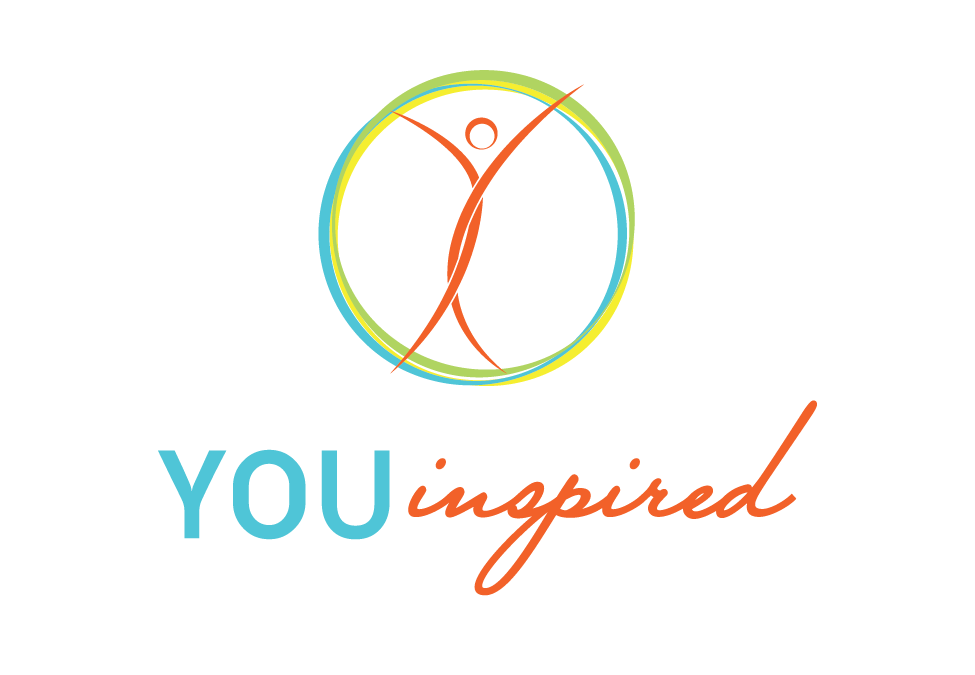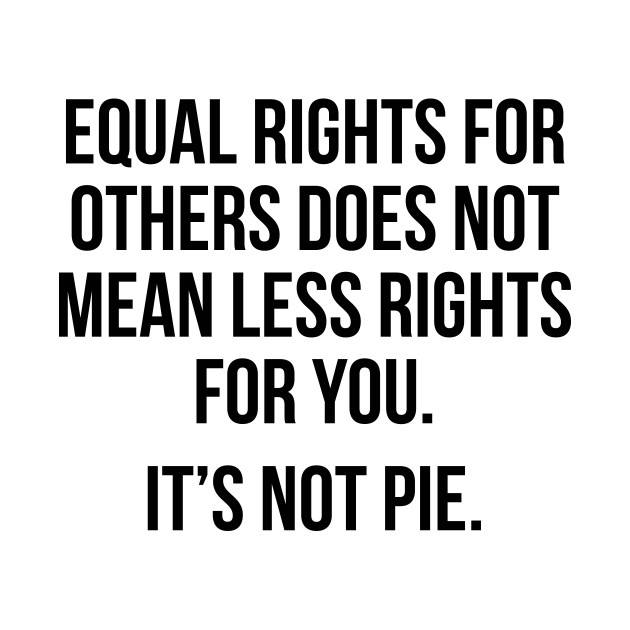We need a system upgrade!
I shared this image on social media this week and one of my friends commented that it’s ridiculous that this concept has to be repeated so often. It made me wonder, why is this concept something that needs so much repetition in our lives? It’s a concept that many of us believe in, but perhaps we don’t know how to action change where it may be needed.
Without clarity in how we implement changes in our lives, we are unable to effectively impact changes in our world at large. The systemic violation of human rights is a generational issue which must not be carried forward into the generations to come. But we can’t contribute to the end of this if we don’t even know how to effect simple changes in our daily lives. The intention of this post is to give you a process to uncover your behavioural patterns to implement changes through positive and clear action.
With any concept or belief that we implement to change our lives successfully, we follow a simple 4-step process as outlined below. We do this very quickly without much awareness, but here it is zoomed in.
4 Step process for concept application
Acceptance of the concept
Bridging questions
Application
Result
If we mess this process up, it is almost always in Step 2, the bridging questions. When we don’t ask the right questions, we don’t get the right results.
Let’s explore some simple concepts in your life.
Example 1
Concept - You believe your family needs to have a healthy breakfast.
Bridging question - “how can I make a healthy breakfast?”
Apply - You research, buy the groceries, find a great recipe
Result - you make a healthy breakfast. You decide to make this again.
Example 2
Concept - You believe in being more grateful in your life
Bridging question - “who am I grateful for today?”
Apply - You reflect on your day, think about the people who were helpful, kind and made a small difference in your day.
Result - Feel good about your day. Make a decision to thank these people tomorrow.
Many times, people are confused on what the correct bridging questions are to ask. In fact, the biggest mistake we make here is not asking a question at all, instead making a statement. This puts up walls and halts the process, leading us to inaction.
“We build too many walls and not enough bridges”
Isaac Newton.
So let’s bring it back to our current topic of discrimination and inequality, to explore how every single person can start to make a change.
Ineffective process
Concept - You believe everyone has a right to equality
Bridging question (statement) - “I don’t discriminate anyone”
Apply - nothing to apply.
Results - no reflection, no change, no growth, no conversation, no learning.
End of process. You don’t disagree with the concept, you just don’t know what else to do. You’re making a mistake in step 2.
Effective process
Example 1
Concept - You believe everyone has a right to equality and it starts with you
Bridging question - “how can I help stop this discrimination in my country?”
Apply - protest, sign petitions, join in movements and discussions, express opinions
Results - part of a big movement, impact dependent on systemic change which will happen with time and consistency. You decide to look at making change in your daily life.
Example 2
Concept - You believe everyone has a right to equality and that it starts with you
Bridging question - “how can I help stop this discrimination in my daily life”
Apply - Begin guided self-reflection, notice patterns of behaviour, change words/conversation/actions
Results - shift in unconscious bias, awareness of accidental discrimination and creating a ripple effect for change in family and society.
So, whatever change you want to make, if any change, depends on your process and the quality of your bridging questions.
Find below a list of questions to use as bridging questions in relation to discrimination. Use these questions as a part of your dinner table conversation with your family and your children. Empower each other with insights on how you practise inclusion, self-growth and equality in your life. What you will discover about yourself and your behaviour will be the most enlightening of all, and will have direct impact on the rest of your life and the lives of those you touch. It all begins with you.
If you want to explore these further or this has sparked your curiosity on your ‘thinking’ process, download my free process for maximum results, right here.
I truly believe that my actions (and inaction) has an impact on the bigger world. Similarly, I hope this simplified process helps you to kick start a process of reflection and change that will serve you and the world well.



